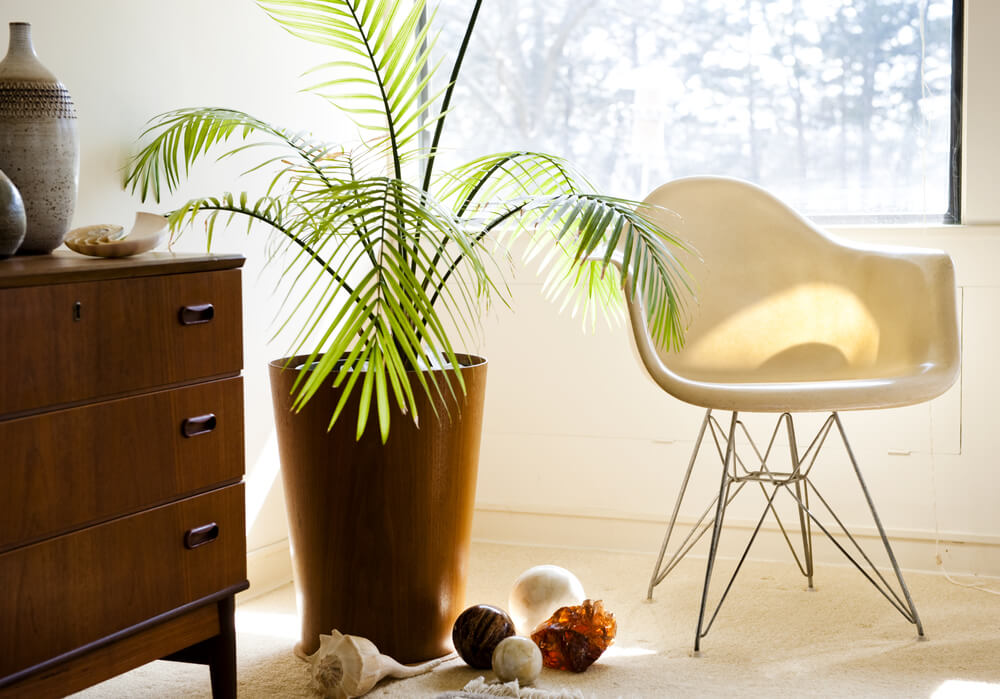Interior Design Lighting

Interior Design and Lighting
Interior Design Lighting is essential and getting it right will finish the look and feel of a room or space. Lighting offers functionality, ambience, feeling and style. Getting it right dramatically alters the look and feel of a room and it is an essential component of interior design.
Good lighting can create depth and height, cosy areas as well as drawing the eye to an impressive area, a piece of artwork or a feature in the design. Good lighting is the balance of light and shade, not too much or too little, bringing calmness, energy and warmth to a room.
Lighting in interior design incorporates the use of artificial light with lamps and light fixtures, alongside utilising the natural light entering through doors and windows. Much like indoors, if you are creating a new outdoor space then lighting is also a vital component to make it feel warm and inviting as it gets darker outside.
You can create atmosphere in a room by combing different types of light, using direct task lighting for reading, decorative lighting to create pools of light to accent a feature, maybe artwork or shelving and use occasional lighting to create a cosy area or another layer within a room or space.
Interior designers use a combination of key elements when they are designing a room, they will consider the size of a room and the natural light that enters at different times of the day, along with incorporating colour, artificial lighting, furniture, soft furnishings and accessories into their design. All of these elements are important and lighting will bring the design together as a finished project when the natural and artificial lighting fit and work together. Lighting and light fittings can transform an area giving it the feeling of space, style and mood, as well as functionality.
Making use of both natural and artificial lighting will highlight, expand and complement the colours and style in a room. The illusion of space can be created using different lighting which reflects off the walls, floor and ceiling, as well as defining different zones within a room if that is what you want to achieve. It is essential to have a balance of natural and artificial light in a space. Too much light can make it feel stark and clinical, whereby too little can result in a room feeling dark and small. A good interior designer will focus on your lighting in their design and will know how different styles of lighting will accentuate and finish your design.
Interior Design Natural Light
Natural light is the best source of light both visually and for our health. Natural light makes a room lighter and brighter and gives the feeling of more space. A designer will always consider the amount of natural light entering a room at different times of the day which is mostly determined by the orientation of a room, north or south facing.
Exposure to natural light positively influences our wellbeing, productivity and our overall happiness.
The Benefits fo Vitamin D gained from Natural Light include:
- Natural light entering a room boosts our vitamin D levels. Vitamin D is a crucial nutrient that our bodies need. It protects our bones, reduces the risk of heart disease, weight gain, and various cancers. It helps to regulate our immune systems, insulin production, plays a vital part in our human cell reproduction as well as supporting our neuromuscular system (nervous system and muscles)
- Vitamin D wards off seasonal depression
- Vitamin D improves the quality of our sleep
- Vitamin D enhances your mood
A good interior designer will always make the most of the natural light entering from windows and doors to highlight colours, textures, patterns, furniture and accessories in a room within their design.
How can you create or enhance natural light?
- Use large feature mirrors
- Install larger windows or doors
- Use windows and doors as features in a room
- Install doors with windows
- Install skylights or roof windows
- Consider light greys and colour palettes that reflect the natural light
- Angle furniture
- Add a light rug to a dark floor
- Don’t use blinds that reduce the natural light from entering
- Don’t just use overhead ceiling lights, use other types of lighting within a design
Types of Lighting
- General Background Lighting
- Local Task Lighting
- Accent Decorative Lighting
Using different sources and types of lighting and ensuring darker areas are lit well will open up a room that can otherwise feel small. If lighting is used cleverly it can highlight a feature in a room as well as disguise a problem area.
An artificial light not only adds light to a room but also aesthetics, adding or distracting from the colour palette of a room. The illusion of space can be created by reflecting light onto walls, the floor and ceiling and if used in conjunction with colour it can dramatically increase the size of a room and the feeling of a rooms ceiling height.
The colours, surfaces and textures chosen in a design will impact the lighting. Dark colours and dull surfaces absorb light, light colours and shiny surfaces reflect it so these elements should all be considered in an interior design.
As an example, tall lamps placed in the corner of a room, wall and ceiling lights help to visualise the feeling of a larger space, as well as the use of sheer drapes or curtains which allow the maximum amount of natural light to enter from outside.
Natural lighting is normally preferred above artificial lighting as it highlights colour palettes as well as bounces off surfaces to make an area or room feel bigger, however, not all rooms have the benefit of it so there are ways a good interior designer will work around it.
Interior design and the decor of a room should always be considered in the day and the evening when the artificial lighting will really come into play.
Interior Design Artificial Lighting
General Background or Ambient Lighting
General or background lighting is the most important lighting feature in a room as it gives it functionality. A room and its interior design need both functional and accent decorative lighting.
Functional lighting is your main source of light in an area. Chandeliers are seen as functional lighting as they disperse a lot of light into space. They are no longer just used for large rooms or big open hallways as they once were. Chandeliers now come in a range of sizes so they can be used in smaller areas to provide bright illumination for the whole space. Background lighting can be achieved with chandeliers, ceiling or wall-mounted lights, recessed or track lights or outside lanterns to offer safety when walking outside in the dark.
A good interior designer will always consider the style of your room matching it to light fitting styles and the amount of artificial light that is needed at different times.
Local Task Lighting
Local task lighting is lighting that is there for a specific task, maybe a lamp placed on or next to a desk, a reading light or maybe spotlights over a kitchen work surface, also known as direct lighting. It has a purpose rather than just being aesthetically pleasing but it should still be in keeping with the interior design. Task lighting shouldn’t have a distracting glare or create shadows and the light should be bright enough to carry out the task without straining your eyes.
Accent Decorative or Directional Lighting
Accent or decorative lighting draws attention to particular features in a room or space, maybe flowers, plants, paintings, sculptures or a special piece of furniture. As part of an interior design scheme, accent lighting creates drama and a focal point that you want people to notice when they come into a space. If you have a feature wall you may want to accentuate it by adding directional lighting to show it off.
Accent lighting can be just the lamp itself if it is different and you want it to be a feature, maybe a stand out lamp which pulls the design of the room together. Some artwork and mirrors have built-in lighting and these are also known as accent lighting. It could be recessed lighting used to accentuate floors and ceilings creating beams of light rather than just an overall glow from central background light fittings.
Lighting is just as important as every other element of an interior design and it will transform the finished look and feel of a room. Good lighting makes a space feel comfortable, safe as well as dramatic and ambient, accentuating the features in a room.
If you are struggling for time, ideas, the inspiration for a space in your home then Your ID can help. We work with you to ensure you achieve the look and feel you are dreaming of.
Our creative design process starts with you. We will listen to you to understand your needs, likes and requirements and will learn about how you live and use your space. We have a friendly and personable approach and will work with you from start to finish until you achieve your interior design goals. Whether we are inspiring you with colour schemes, sourcing furniture and fabrics, lighting, artwork or redesigning an entire room – get ready to be inspired! Let our passion for interiors and design help you create the beautiful, timeless home that you dream of.
Start your Interior Design Journey with us today and contact us on 01174 533 382.


